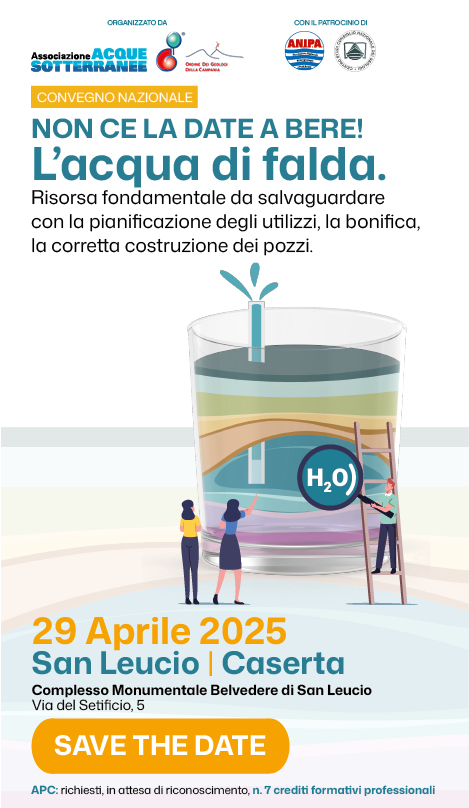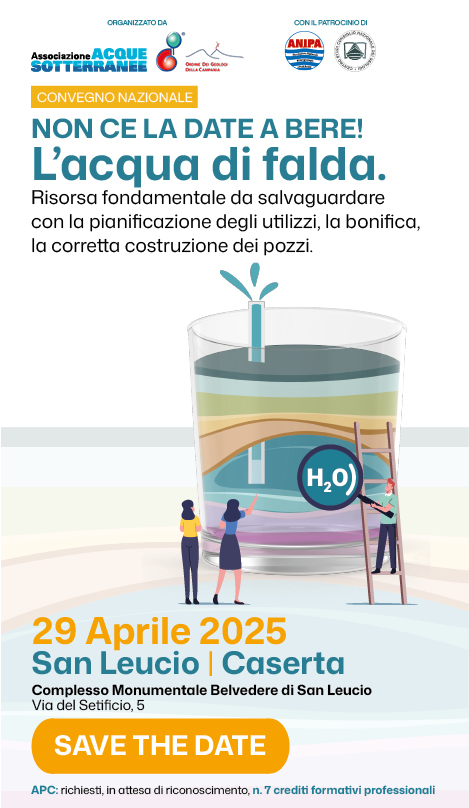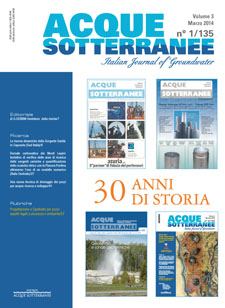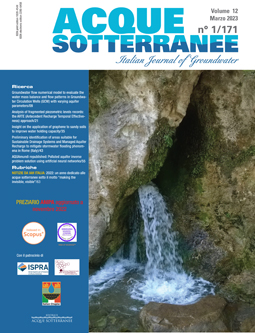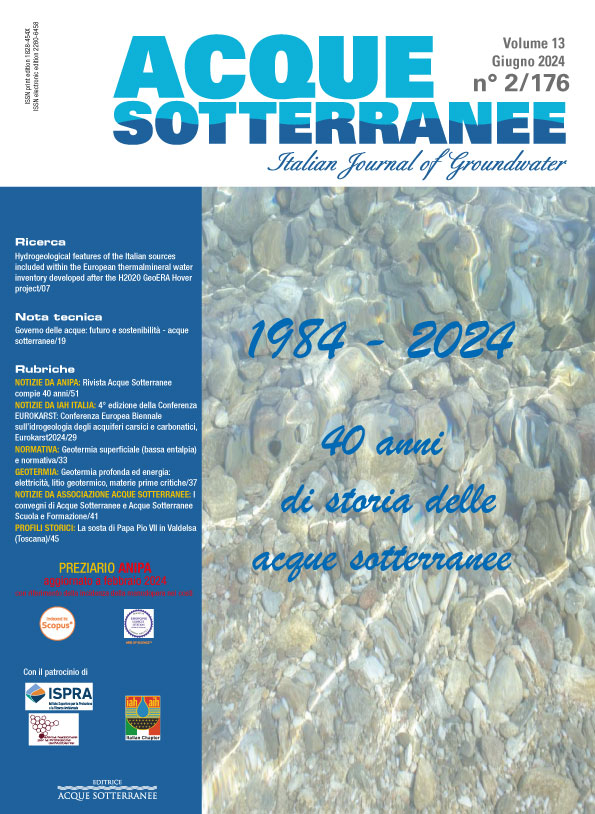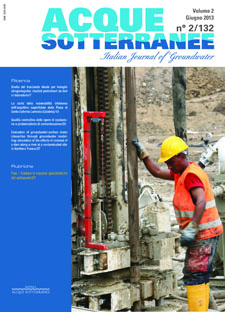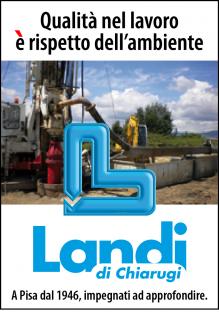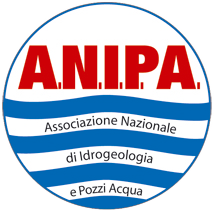Hydrogeological investigations in southern Tuscany (Italy) for coastal aquifer management (Am03028))
Ongoing hydrogeological investigations in the Grosseto Province (southern Tuscany, Italy) aim to develop a correct model for the management of coastal aquifers, which are affected by seawater intrusion due to overexploitation for various purposes. This study updates and integrates hydrogeological knowledge of the area; in addition, it proposes a monitoring network and remedial actions. Completed analyses reveal the presence of coexisting flow systems of different rank which allow the mixing of freshwater and saltwater, both superficial (recent) and deep (old), in various proportions.
Hydraulic head measurements reveal the important impact of pumping on the flow of groundwater, with the formation of a negative hydraulic head in areas of intense withdrawal (water supply systems, fish farms). Geochemical data indicate that the chemical composition of groundwater is mainly determined by the mixing of seawater with waters circulating in the cavernous limestone and in neo-autochthonous sediments. The definition of conceptual models for the aquifers allowed the development of numerical models for hydrodynamic and hydrochemical simulations, which provide useful information on the general evolution of systems under different stress conditions. The study assessed schemes to counteract seawater intrusion, taking into account the characteristics of the multi-aquifer system of the Albegna plain (replacement of the amount pumped for irrigation with treated wastewater and/or surface water stored in reservoirs; artificial recharge of the aquifer through injection wells or infiltration basins containing treated wastewater and/or infiltration channels which divert the flood water of streams) and of the adjacent carbonate aquifer (requalification of pumping systems in fish farms; redesign of the network of public-supply wells). Lastly, a network of existing wells and additional observation wells was identified for quality and quantity monitoring of aquifers.

